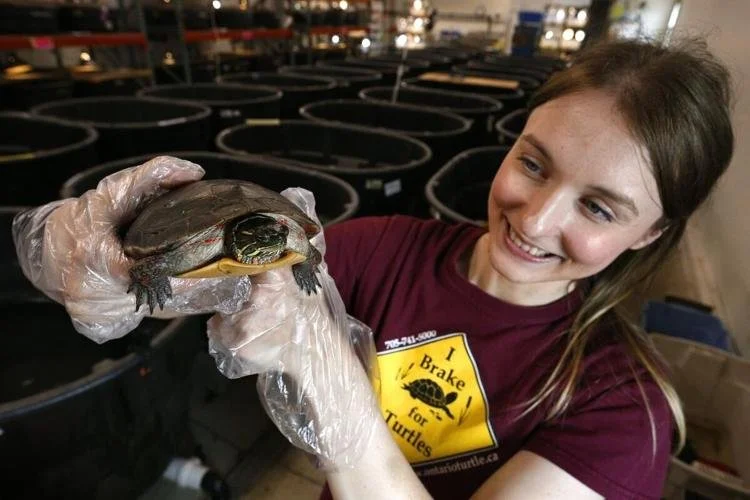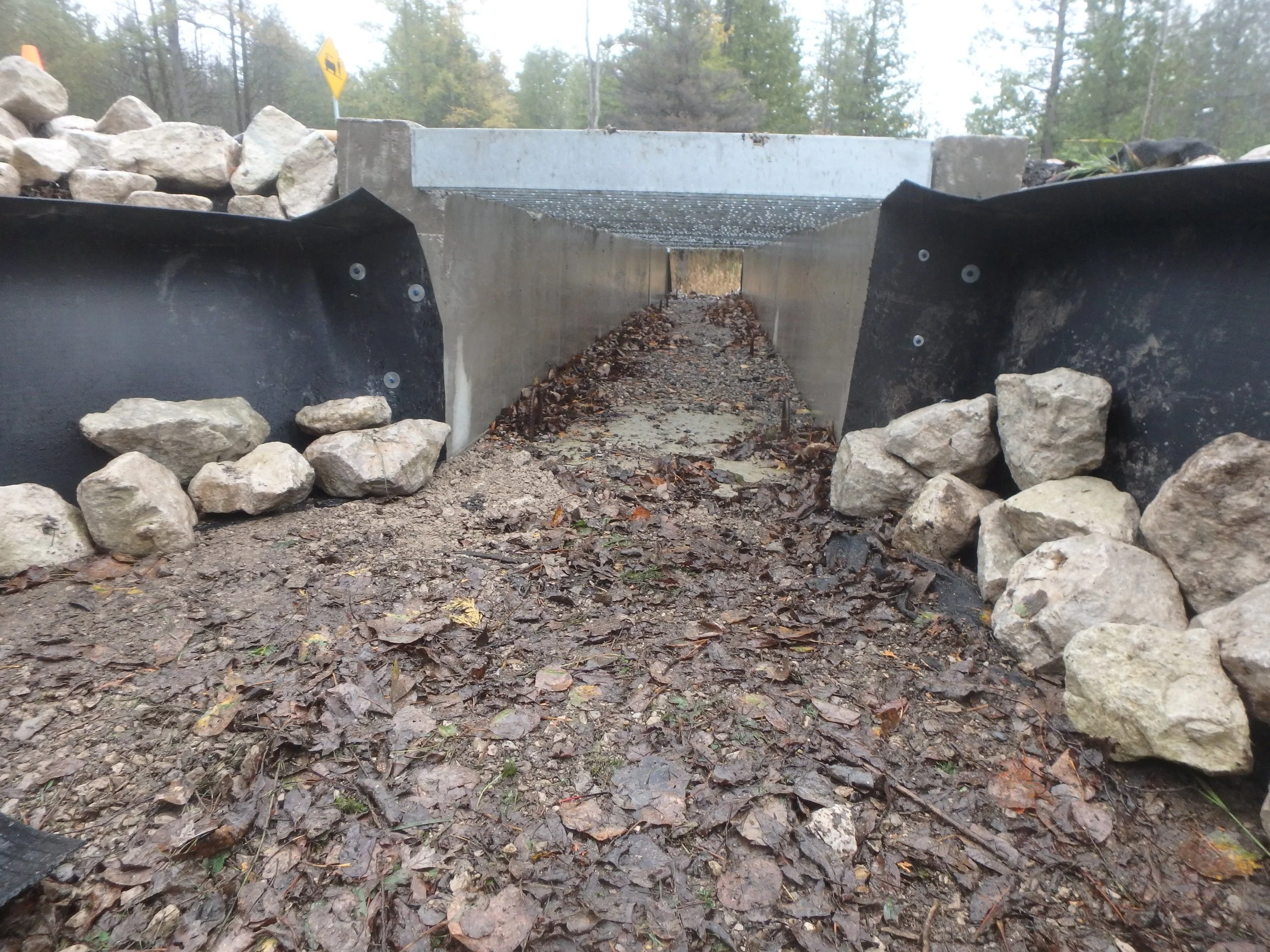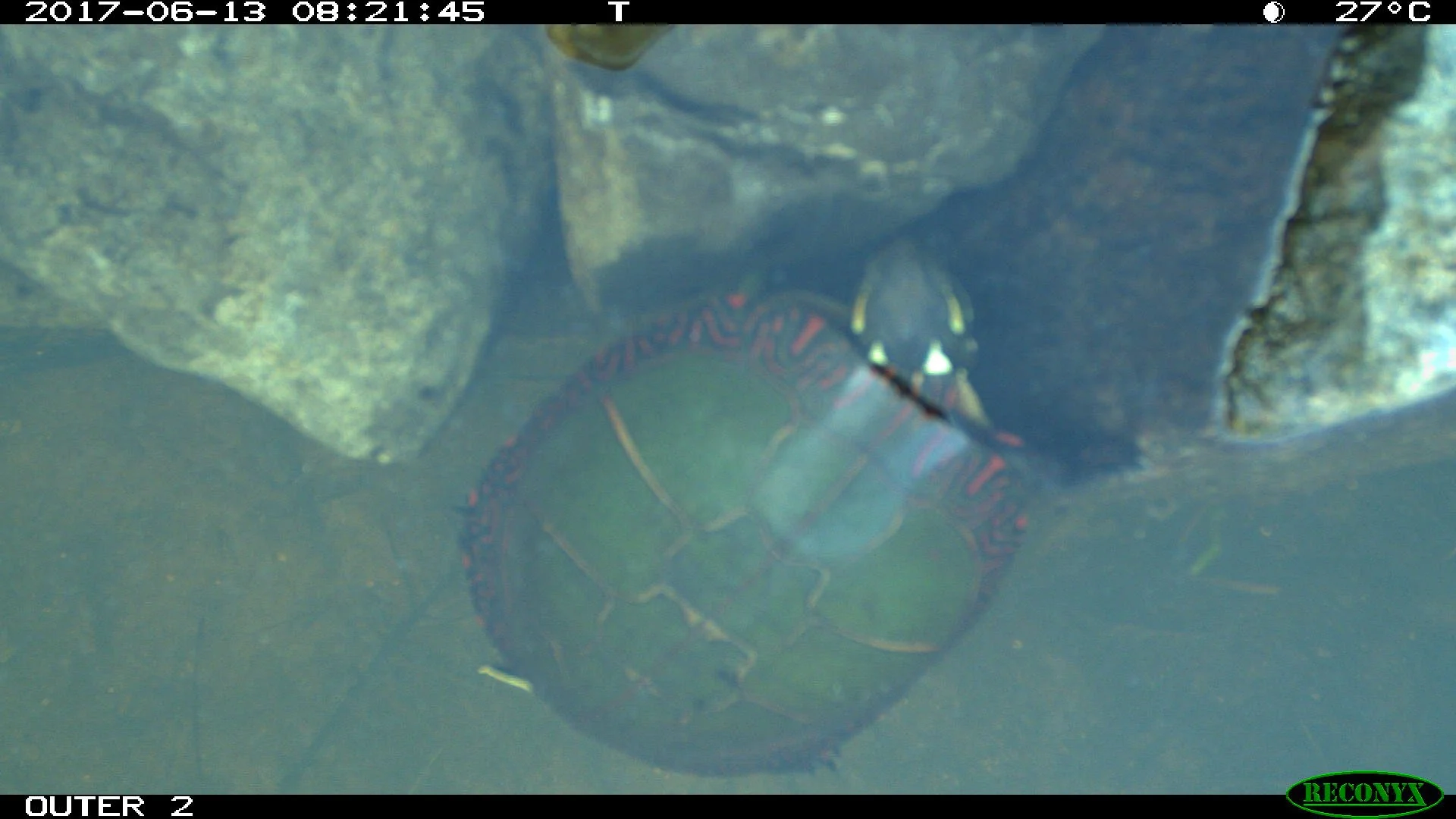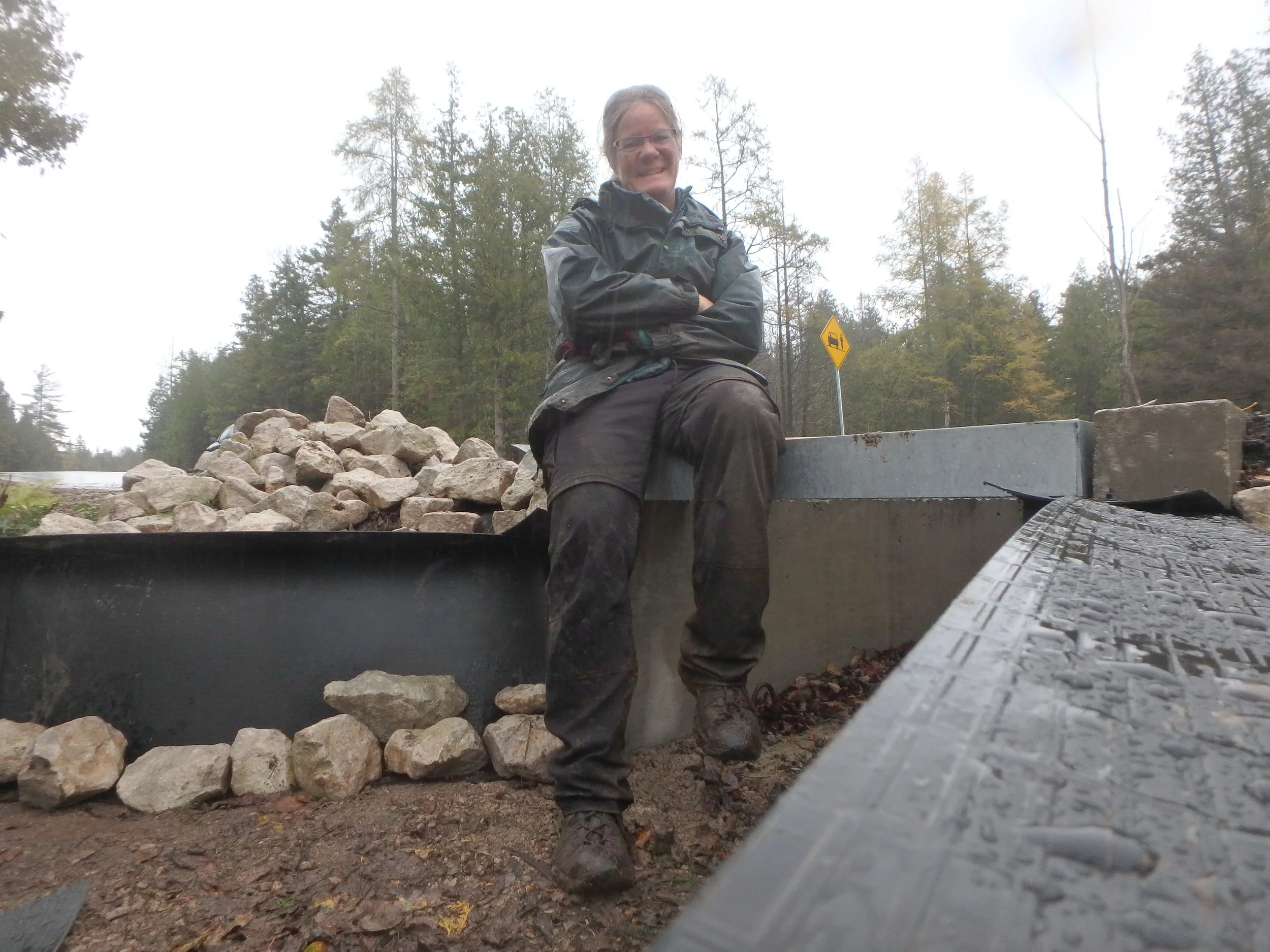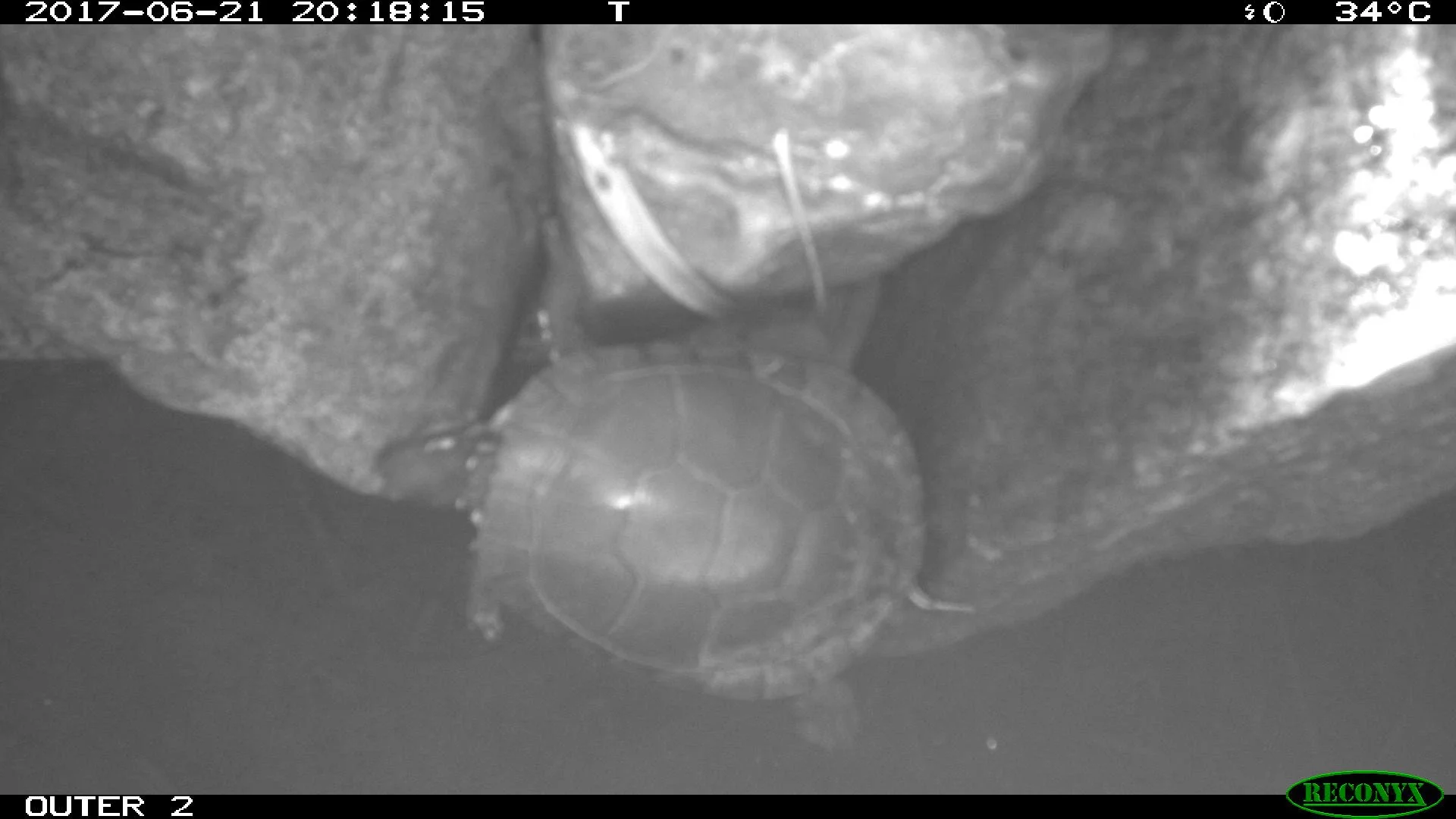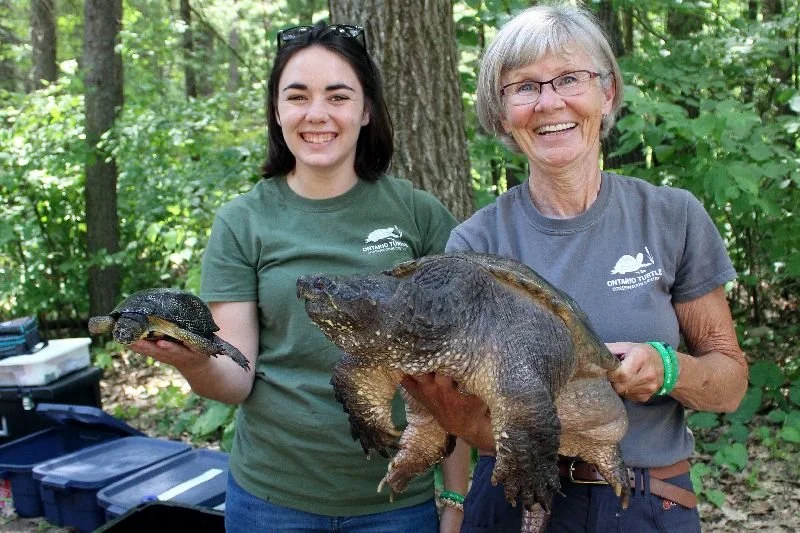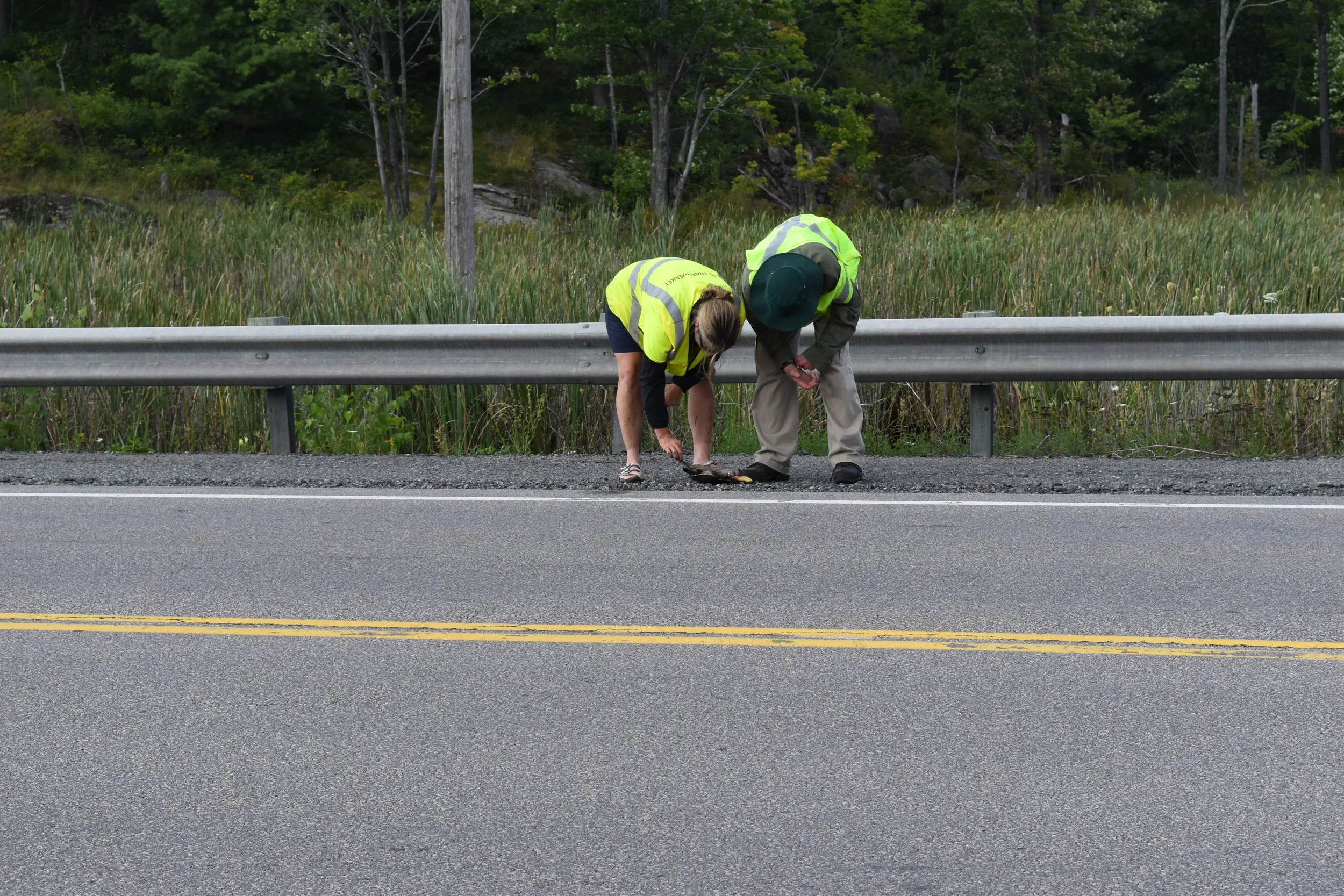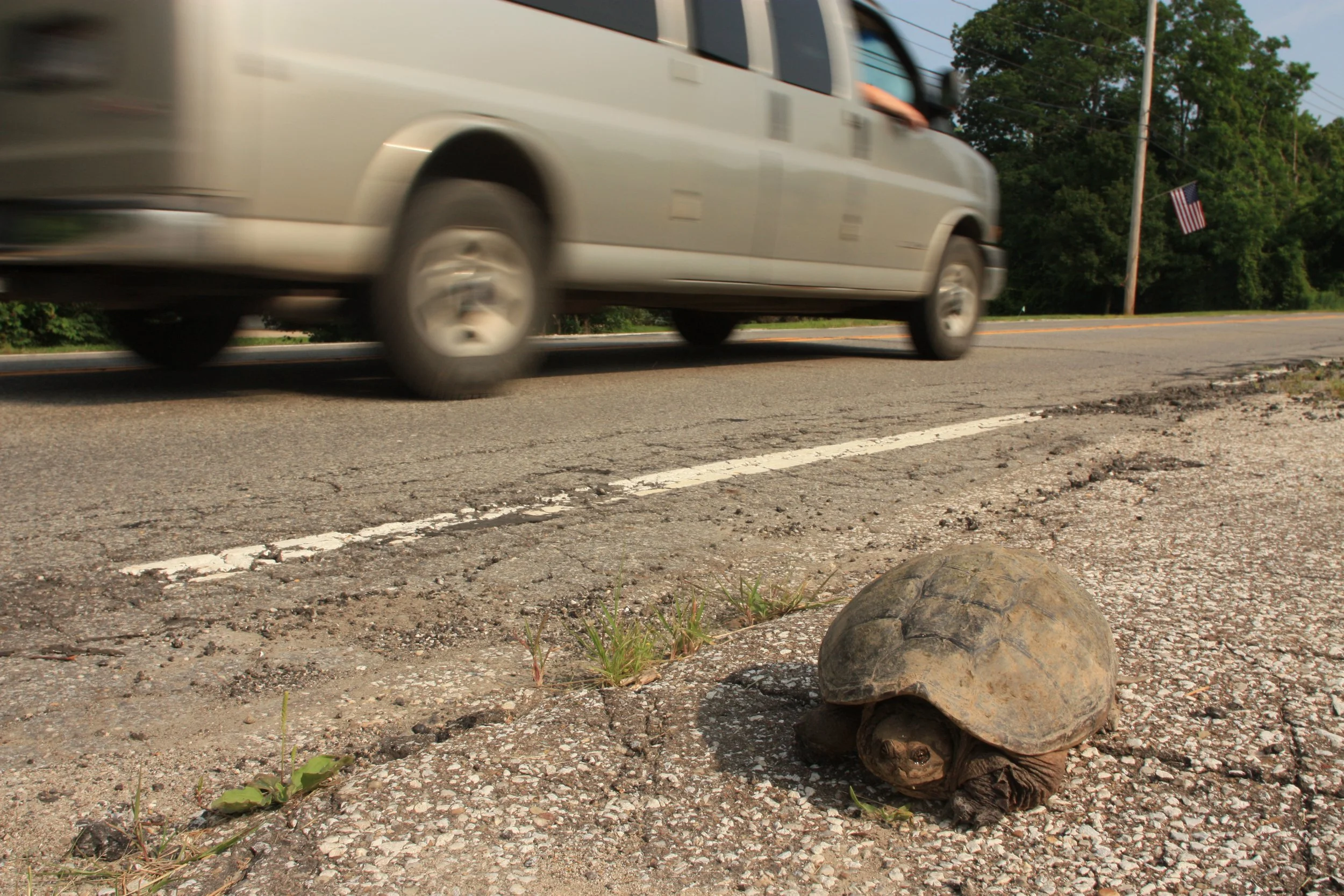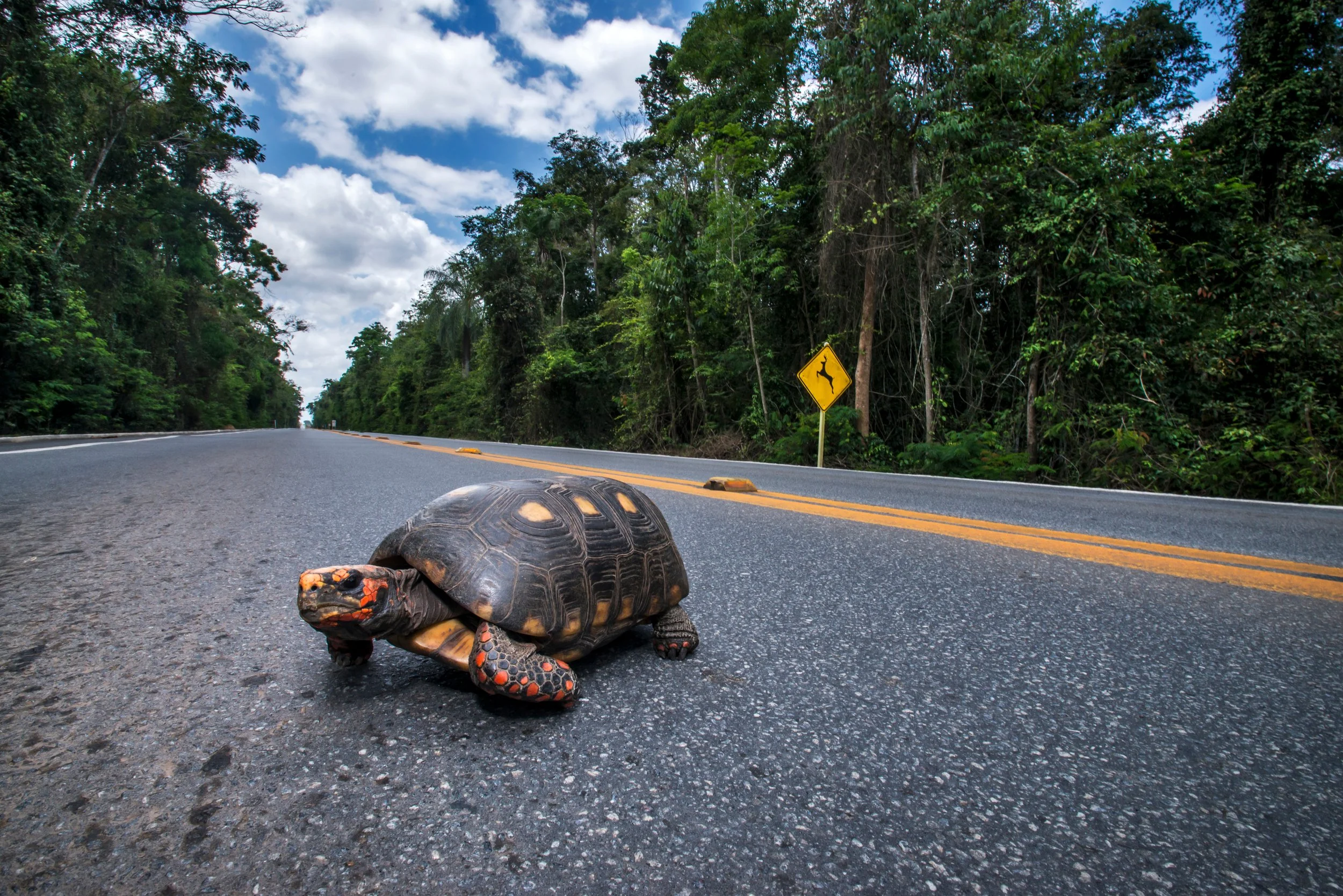#ReducingRoadkill
Ontario Turtle Conservation Centre, Animex International and Wildlife On Roads have partnered to help reduce the impact of roads and traffic on wildlife across Ontario.
This community driven project aims to reduce road mortality for some of Canada’s most vulnerable wildlife and make roads safer that go though their habitats.
As part of this project we need you to help us identify key roadkill hotspots and work with us to raise money so together we can implement effective mitigation and safeguard the future of our precious wildlife.
The Ontario Turtle Conservation Centre (OTCC), home of Kawartha Turtle Trauma Centre, is a registered charity working to protect Ontario’s native turtles and their habitats. They operate a turtle hospital that treats, rehabilitates, and releases injured turtles, conduct field research to support conservation, and run education and outreach programs.
Animex International is a company dedicated to reducing wildlife–vehicle collisions and keeping habitats connected. Best known for their specialised wildlife fencing, they also provide a wide range of products and services that mitigate the impacts of roads on wildlife.
Wildlife On Roads, part of Eco-Kare International, collects valuable data and raises awareness about the effects of roads on wildlife. Their work includes research, education, and practical resources such as a handbook to help people identify and understand what they see on roads.
Turtles and Roads.
Ontario’s turtles are all considered semi-aquatic, which means that they spend time in the water but also spend time travelling on land. Some-like the Wood Turtle – spend significant amounts of time away from and out of the water. Others, like the Spiny Softshell, like to stay very close to water at all times.
Both male and female Ontario turtles travel on land during the spring, summer and fall seasons. In fact, annually, OTCC see the same number of males as females, admitted to the hospital. Turtles wander overland to search for mates, establish new territories, or to move between wetland complexes and other aquatic habitats. They also all lay their eggs on land, and often this is quite a distance from water.
Southern Ontario is THE place for turtles in Canada, having the highest density and largest species variety for all the country. Unfortunately, Southern Ontario also has the highest density of roads, and you cannot travel more than 1-2 kilometers anywhere in this region without running into a road.
This means that Ontario’s turtles are at risk of injury and death on roads across the province. In fact, this is second only to habitat loss as a cause for their population declines.
Make a Donation
Your financial contributions go a really long way to helping to protect people and wildlife.
Make a Suggestion
FAQs
-
Road mortality is the term used to describe animals being killed or injured by vehicles on roads and highways. It is particularly common in areas where roads intersect with natural habitats, disrupting wildlife movements and increasing the likelihood of encounters with vehicles. Animals of various species, including mammals, birds, reptiles, and amphibians, are vulnerable to road mortality.
The impacts of road mortality extend beyond individual animals. It can lead to population declines, genetic isolation, and changes in species distributions.
-
Wildlife fencing plays a crucial role in mitigating the impacts of urban development on animals and their habitats. As human infrastructure extends into green spaces, it fragments the landscape, disrupting the natural corridors that animals rely on for food, water, and mating opportunities.
By strategically guiding animals away from hazardous areas and towards safe passages, wildlife fencing helps maintain habitat connectivity. When paired with wildlife crossings, such as underpasses or overpasses, wildlife fencing has been shown to effectively reduce wildlife vehicle collisions by up to 97%.
-
An ecopassage, also referred to as a wildlife crossing or wildlife corridor, serves as a vital component in mitigating the impacts of habitat fragmentation caused by human infrastructure development. These structures are specifically engineered to provide safe passage for wildlife to cross roads, effectively minimizing the risk of collisions with vehicles.
-
Turtle eggs are very prone to being dug up and eaten by animals such as raccoons. As a result, only a very small percent (less than 1%) ever make into the population. While the eggs are a normal food source for many different animals, turtle populations need all the help they can get right now, with all eight of Ontario’s native species considered at-risk federally.
Nesting mounds are used to protect nests from predators, increasing hatching rates and survival chances of hatchlings.
Find out more about turtle nests and nest protection here.
Our Story.
For years Ontario Turtle Conservation Centre, Animex International and Wildlife On Roads have been working hard to help reduce wildlife vehicle collisions across Ontario. Together they have helped save the lives of countless reptiles and amphibians, and as part of the #ReducingRoadkill campaign, plan to continue this great work across the province. .
Whether they have been rescuing and rehabilitating injured turtles found on the road, or designing and installing wildlife fencing and wildlife crossings to help connect habitats, the team have a wealth of expertise and passion that forges the perfect partnership.
Join them in identifying high-risk collision areas and assisting in the installation of new wildlife fencing. Together, let's safeguard the future of our threatened animals and reduce the collision risk for road users
